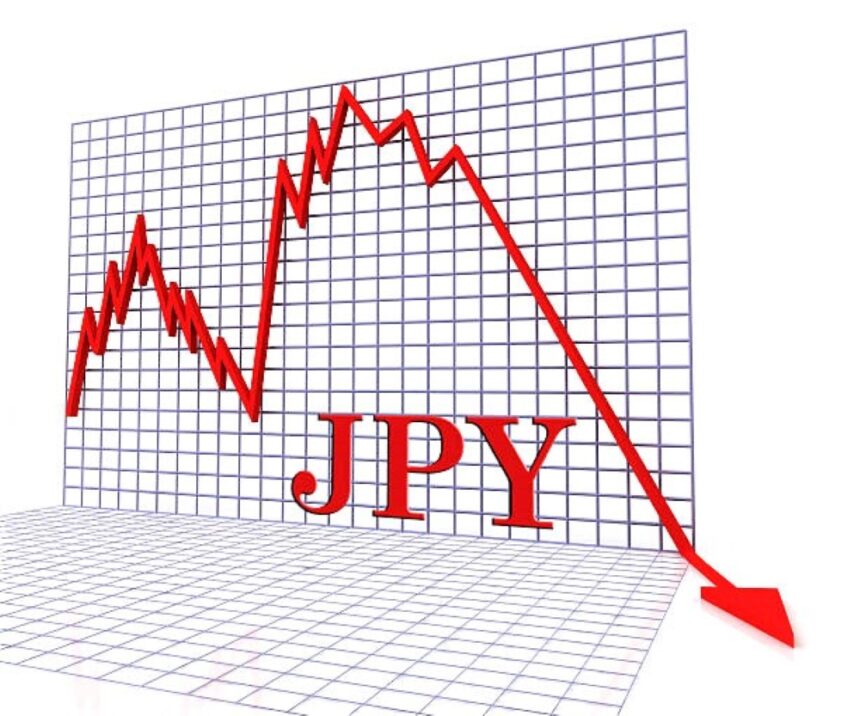USDJPY fluctuates within a constrained range of 145.52, losing 0.02% for the day.
In a constrained trading range during Wednesday’s Asian session, the USDJPY pair is still confined to the 145.45-70 area. As the JPY declines to a 9-month low, traders’ concern over Bank of Japan (BoJ) intervention persists. The major is now down 0.02% on the day, trading close to 145.52.
Japan’s economic growth was 1.5% QoQ, more than the 0.8% predicted and 0.7% observed previously.
According to the Gross’s initial statistics, On Tuesday, Japan’s economic growth for the second quarter (Q2) of 2023 came in at 1.5% QoQ, versus 0.8% anticipated and 0.7% earlier. In the meantime, the annualized GDP climbed to 6.0% from an earlier estimate of 3.1% and 2.7%. Shigeyuki Goto, the economy minister for Japan, predicted a modest economic rebound before stressing the need to be aware of the risks of a global recession and the effects of price hikes. Goto shown a readiness to adapt quickly to changes in the market and prices.
Nevertheless, the major cause of the Yen’s depreciation is the divergence in monetary policies between the US and Japan. However, the belief that US interest rates have peaked may limit the Greenback’s upside potential. Additionally, traders get wary during the apprehension of BoJ FX intervention. In September and October of last year, as the Japanese Yen approached the 145-area, the Japanese central bank sparked a significant decline in the value of the dollar.
USDJPY Traders become cautious out of concern for BoJ FX intervention.
According to Reuters, Japan’s Finance Minister Shunichi Suzuki said on Tuesday that sudden fluctuations are “undesirable” and that the government is “ready to respond appropriately,” but emphasized that no specific thresholds are targeted for intervention.
US Retail Sales exceeded forecasts, increasing by 0.7% MoM versus the expected 0.4%.
US Retail Sales exceeded forecasts across the pond. The headline figure increased by 0.7% MoM as opposed to the 0.4% forecast. Sales that don’t include the car industry came in at 1% as opposed to the predicted 0.4%. The NY Empire Manufacturing Index, meanwhile, dropped from -1 to -19. Neil Kashkari, the president of the Federal Reserve (Fed) in Minnesota, expressed his satisfaction on Tuesday. Despite the reduction in inflation, it remains excessively high. Kashkari brought up the question of whether the Fed has taken enough action or whether more needs to be done.
Market participants will use economic data for more indications. The US Building Permits, Housing Starts, and Industrial Production data will be made public later in the day. The important event this week will be the FOMC minutes, though. The annual National Consumer Price Index for July as well as the country’s trade data are due in Japan on Thursday and Friday, respectively.









